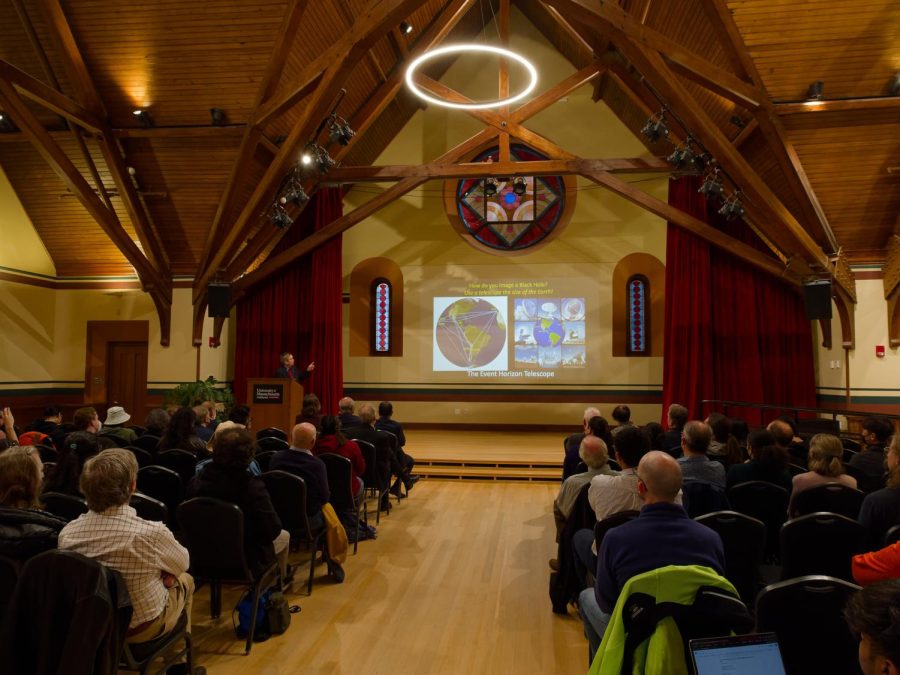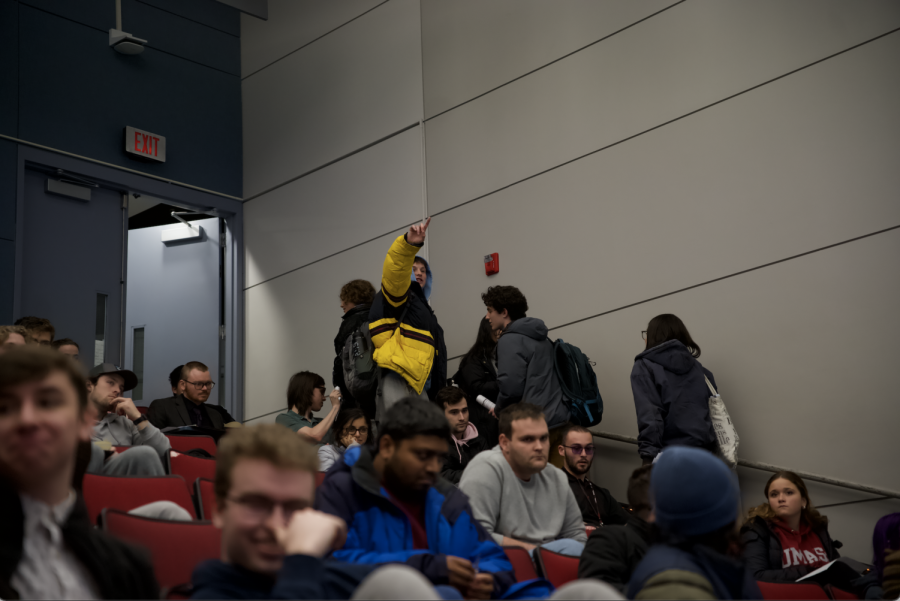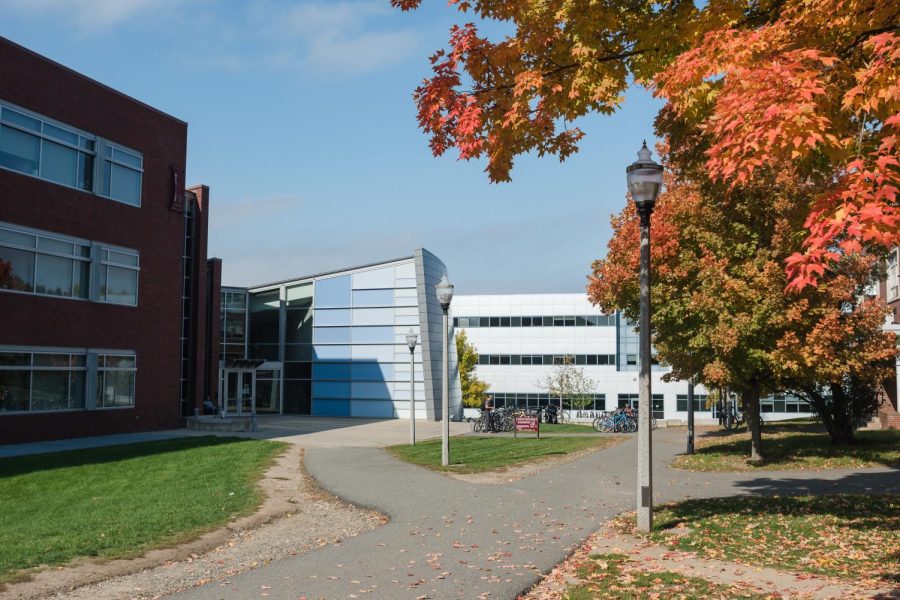To most people, the stalks of purple flowers that border the wetlands of the highway are just a pretty sight. To the international scientists that attended the 2010 BioControl for Nature Conference, these flowers, purple loosestrife, one of the topics of the conference, are menaces that need to be stopped.
The conference, organized by University of Massachusetts professor Roy Van Driesche and University of California Riverside professor Mark Hoodle, was held at the Hotel Northampton focused on the management of invasive species, such as the purple loosestrife, using classical biological control which is “the intentional introduction of a natural enemy to reduce a pest’s life,” said Hoodle.
Over the course of the conference, which lasted from Oct. 3-7, more than 90 speeches were delivered on the topic, and a field trip was taken to watch examples of destruction caused by invasive species and places where classical biological control has met a difference.
During their field trip, the conference members went to visit several locations in Massachusetts, including Mount Tom, Dinosaur Tracks and Amherst, where they looked at purple loosestrife. Unfortunately, it was scheduled for the rainiest day of the conference which resulted in the scientists spending more time on the bus than outside.
“It was wet,” said Van Driesche. “But people were very valiant and most pressed on. We saw most of what we wanted to see and discovered a great new coffee shop in South Deerfield because we were cold and wet and really wanted coffee.”
Both Van Driesche and Hoodle hoped that through the conference, scientists would see examples of successful classical biological control and that it would inspire more cooperation between conservation biologists, invasive biologists, conservation/land managers and biological control managers.
To achieve this, the conference was kept small with no concurrent sessions.
“Everyone sat through the same material with lots of opportunities to talk,” said Van Driesche. “As a result, everyone got along very well and several well known conservationists made connections with classical biological control biologists.”.
The conference expanded on the ideas of a 2007 conference hosted in Beijing, China, that discussed biological control of forest pests.
“Ours was broader in several ways,” said Van Driesche. “We considered all kinds of habitats and considered a wider range of interactions.”
However, at the Beijing Conference, more ways of controlling invasive species such as mechanical removal and chemical methods were discussed.
“We focused on classical biological control, because it is more practical when talking about a forest or a dessert. When you are talking about a whole landscape it becomes too costly and uses too much labor to use other methods on a large scale,” said Van Driesche. “You might be able to pull all of the purple loosestrife out of your pond at home, but we don’t have enough man power to pull it out of the entire state.”
In the past 40 years, the field of classical biological control has made advances. Horror stories, such as the release of the cane toad in Australia to control French Cane Beetles in 1935, have become largely a thing of the past.
Now, scientists are more careful about observing the effects of releasing a new species in contained environment. According to Van Driesche, this observation period led to a sharp decline in ineffective treatments in between 1965 and 1970.
“The public has been very sensitized to the concept the biological control inductions can become invaders themselves, said Van Driesche. “A long historical view shows that in the 1700s and 1800s it did almost always go badly, but those kind of releases are in the past in the same way that blood letting is in the past in the medical profession.”
Van Driesche, along with several other scientists, is using the information discussed at the conference to write a book with more detail. The team of 10 scientists hopes to complete the book within the next two years.
Katie Landeck can be reached at [email protected].







Lourdes • Jul 24, 2013 at 12:00 pm
I am sure this paragraph has touched all the internet
viewers, its really really pleasant post on building up new web site.